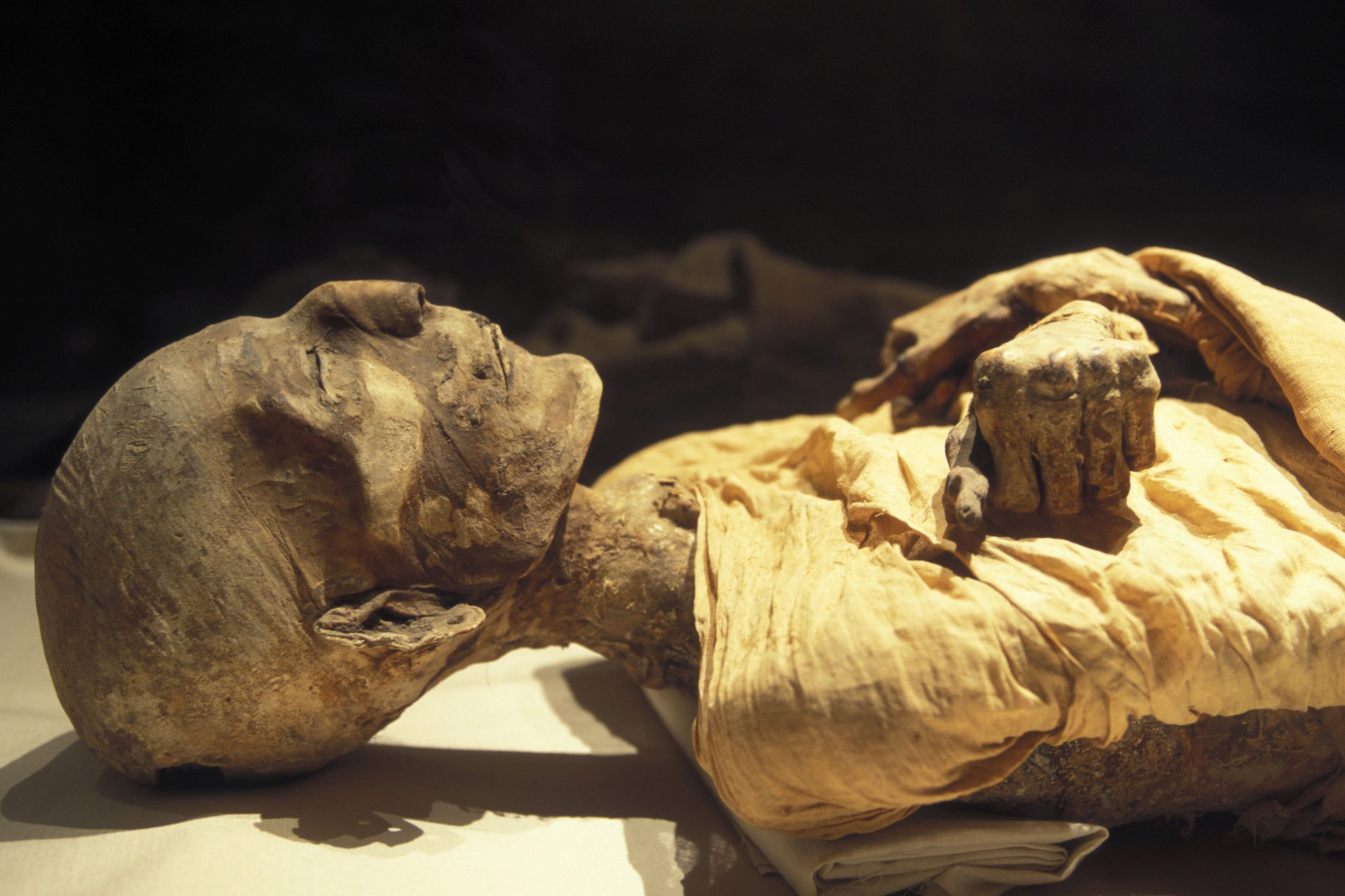An “entrance to the underworld” believed to have been built by the ancient Zapotec tribes of central South America has been discovered beneath an ancient Catholic church in Mexico.
This “Gateway to the Underworld” was built by the Zapotec people, who developed in this area over a thousand years ago. This entrance, an underground building, contains underground tunnels and cellars.
These Zapotec tribes were able to establish city-states around the 6th century BC in the region of Oaxaca, Mexico. After this, it grew rapidly and built many magnificent buildings.
Many precious jewels were buried in the tombs of these zapotaks. They also built many buildings to offer to the gods they worshiped.

The structures found are located at Mitla, 27 miles south of Oyazaka. It is believed that these buildings were the main religious schools of the Zapotec people. Archaeologists believe that it was destroyed by the Aztecs in the 15th century AD.
After the arrival of the Spanish colonialists from South America, the ruins of this church were used to build the San Pablo Apostolic Church.
According to local oral history, this temple was built over the entrance to the underworld. This underground world is the resting place of the souls of the dead, according to Zapotec religious belief.
According to local oral history, the Zapotec temple that was here before was called Lyobaa. It is a name that means “resting place”. According to oral history, there are very complex underground tunnels beneath this great temple, and it is believed that at the end of these tunnels is the entrance to the “underground spirit world”.

Archaeologists in Mexico used the latest modern techniques to investigate this oral history. In searching with these techniques, they found tunnels built underground under this ancient temple.
In order to check this place without digging, they used three modern underground research methods. The first method is to search underground with radar. In addition, they used seismic noise tomography technology, which measures vibration waves underground and reproduces them with a computer. And objects that disturb the flow of electricity underground. They used electrical resistivity tomography technology to see if there were rooms.
These techniques are underground radar waves. These are technologies that capture the changes that occur when electromagnetic waves pass through them and reproduce them with a computer. Using this technology, we have been able to successfully locate underground structures and basements.
They were able to enter the information obtained with these techniques into the computer and build a three-dimensional 3D portrait.

According to this reconstructed three-dimensional portrait, it was discovered that there is a huge underground chamber under the temple. Also, they found two underground tunnels connected to this room. These tunnels were found between 16 and 26 feet underground.
Archaeologists explain that the caves and underground chambers that were discovered are consistent with the ancient Zapotec people’s belief in an “underworld.” When the Spanish colonists entered this region, it was consistent with the records written about the religious ceremonies and sacrifices held by the local religious believers in the large cellars.
Scholars are not very concerned about the existence of an underground temple here. But they didn’t expect that there would be such a huge underground temple.
Experts believe there will be many more underground structures here. Therefore, they have requested permission from the Mexican government to continue further research.
The researchers believe that the findings are so important that they can redraw the history of the Mittal region.



